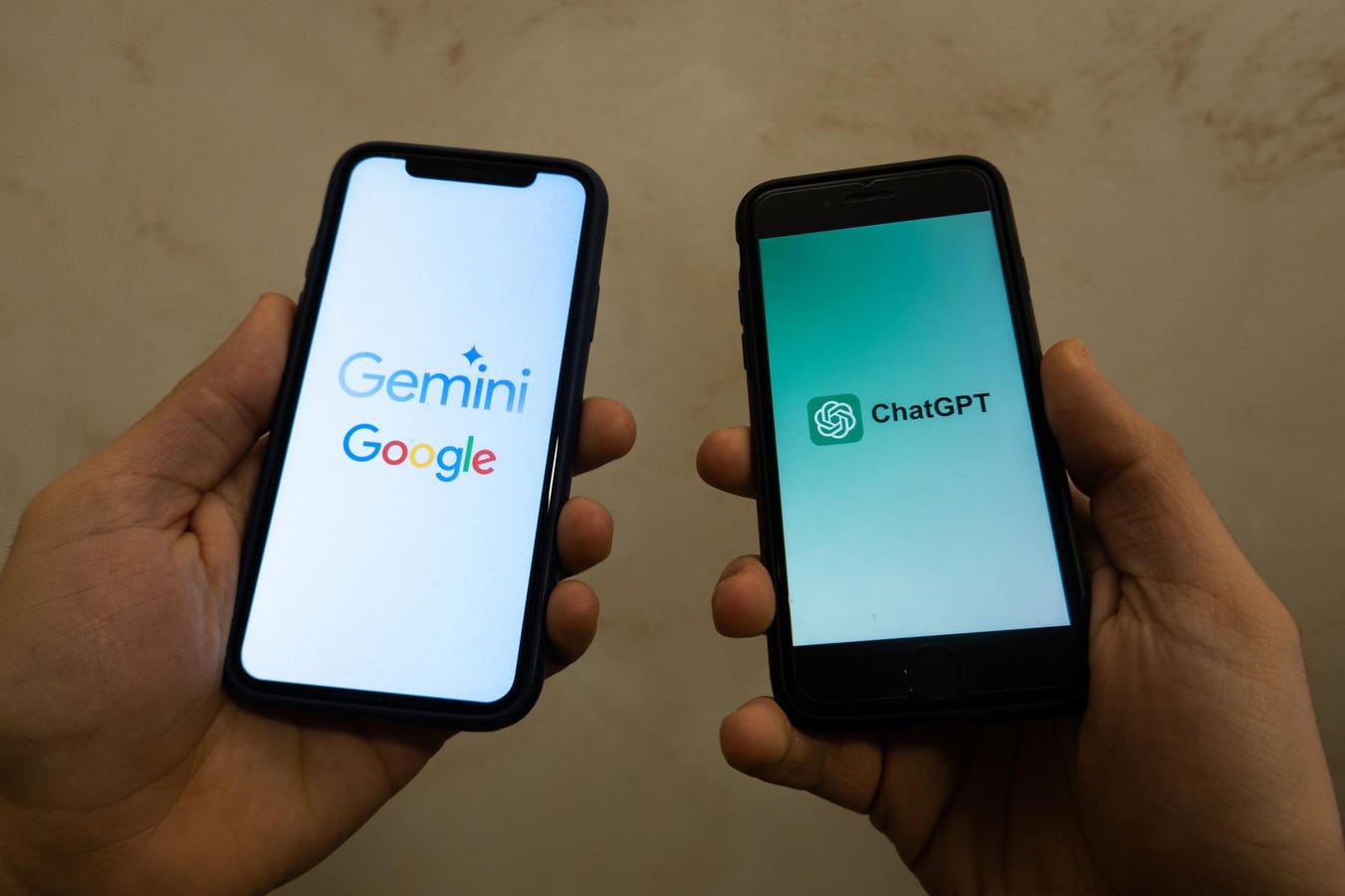The Struggle for Students in the Age of AI

Google and OpenAI: Competing AI Tools for Students
With finals approaching at colleges and universities across the country, students are getting support from two big tech companies, OpenAI and Google. Both organizations have introduced free AI resources tailored for students. These offerings are not just tools; they have the potential to reshape the educational experience and make AI a vital component of student life.
Short-Term Benefits vs. Long-Term Strategies
Recently, OpenAI announced an enticing short-term opportunity for students. College attendees in the U.S. and Canada can now access ChatGPT Plus at no cost until the end of May 2025. This advanced AI tool incorporates capabilities from GPT-4o, allowing it to process text, images, and voice. Its features also include DALL·E 3 for image creation and a voice mode for easier interaction. For students facing academic pressures, ChatGPT Plus can ease their burden by streamlining research tasks, assisting with complex problem-solving, and offering creative ideas.
In response, Google has put forth a more sustained initiative. The Google One AI Premium package is now free for students who enroll before June 30, 2025, and it will remain free until Spring 2026. This package includes features like Gemini 2.5 Pro, Deep Research tools, and advanced AI capabilities across well-known Google applications such as Docs, Sheets, and Slides. Additionally, this offering provides Veo 2 for video creation, Whisk for multimedia combinations, and a generous 2 TB of cloud storage, all of which are useful for managing large research projects and media files throughout college.
Expanding Educational Horizons
OpenAI’s ChatGPT Plus focuses on meeting students’ immediate requirements during high-pressure periods, providing resources such as tutorials via OpenAI Academy and collaborative opportunities in the ChatGPT Lab. Leah Belsky, Vice President of Education at OpenAI, highlights that removing financial barriers can significantly enhance students’ digital skills and academic success, particularly during stressful times.
Google, on the other hand, adopts a broader and more integrative vision for education. With capabilities found in Gemini 2.5 Pro and the in-depth features of Deep Research, Google aims to establish itself as an important ally throughout students’ academic journeys. NotebookLM Plus customizes learning by delivering syllabus-aware study guides, visual mind maps, and selected resource recommendations tailored to students’ needs.
Enhancing Creativity and Collaboration
When it comes to creative tasks, OpenAI’s DALL·E 3 excels in producing high-quality images, which is ideal for artistic projects and visual presentations. Google’s Veo 2 takes it a step further, allowing students to turn basic text prompts into captivating short videos. This innovation expands the possibilities for engaging presentations and interactive coursework.
Addressing Ethical Issues and Equity in Technology
The rise of these AI tools poses crucial implications for higher education. Universities must now rethink their curricula and evaluation methods to maintain academic integrity in light of AI advancements. Routine assignments might become outdated as educators explore “AI-proof” strategies, focusing on oral examinations, reflective portfolios, and project-based assessments that encourage original and critical thinking.
Furthermore, while many students own devices, there are still gaps in reliable internet access and digital literacy. Google’s provision of 2 TB of cloud storage attempts to overcome some logistical challenges, but issues of equitable access and responsible AI use remain pressing. It’s essential for universities and technology firms to work together to ensure that every student benefits from this digital shift.
Integrating AI into Education
As students start to utilize these innovative AI offerings, the critical question remains: will AI truly foster intellectual growth, or will it simply automate basic academic tasks? However, one fact is clear: the future of AI in higher education is unfolding, bringing opportunities to revolutionize learning and get students ready for the workforce that awaits them.
With both OpenAI and Google providing free tools, students might find value in using both platforms. The competition between these tech giants continues to evolve—how will OpenAI respond next?






